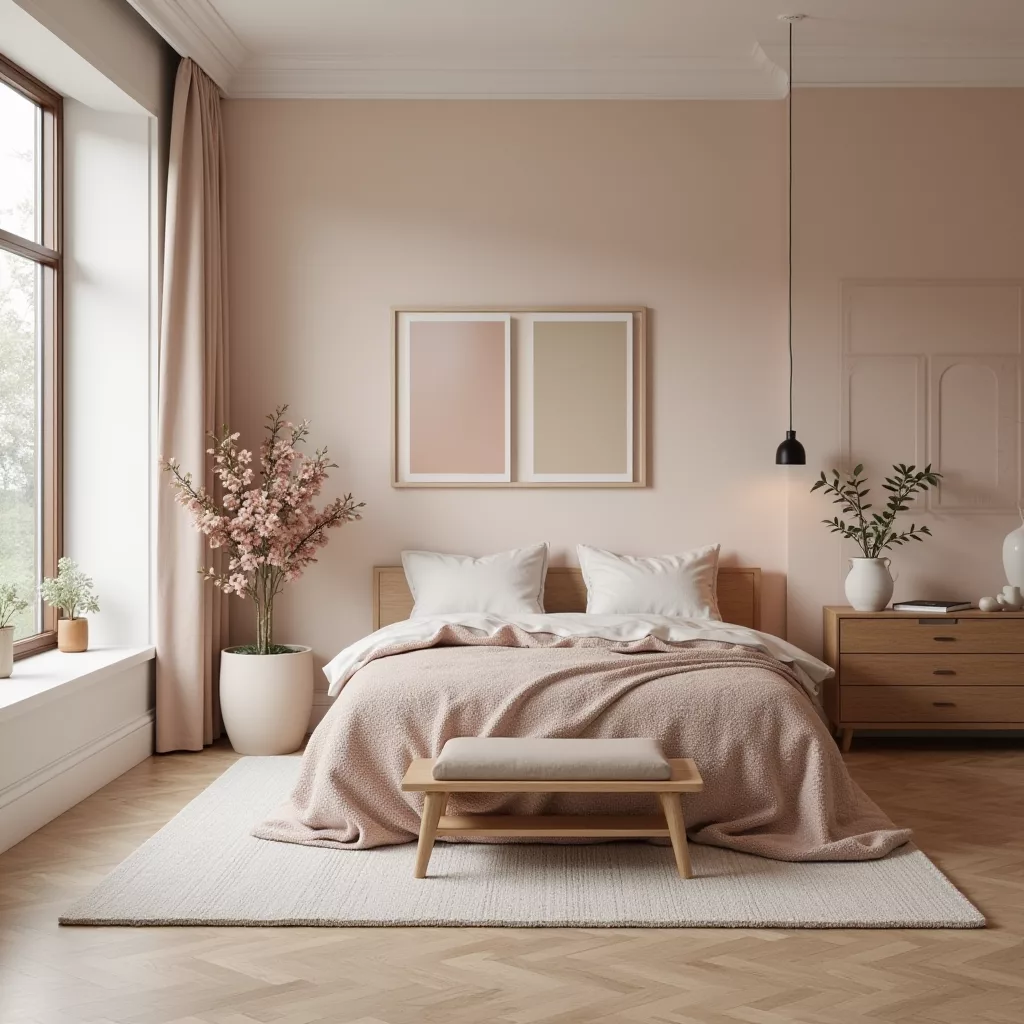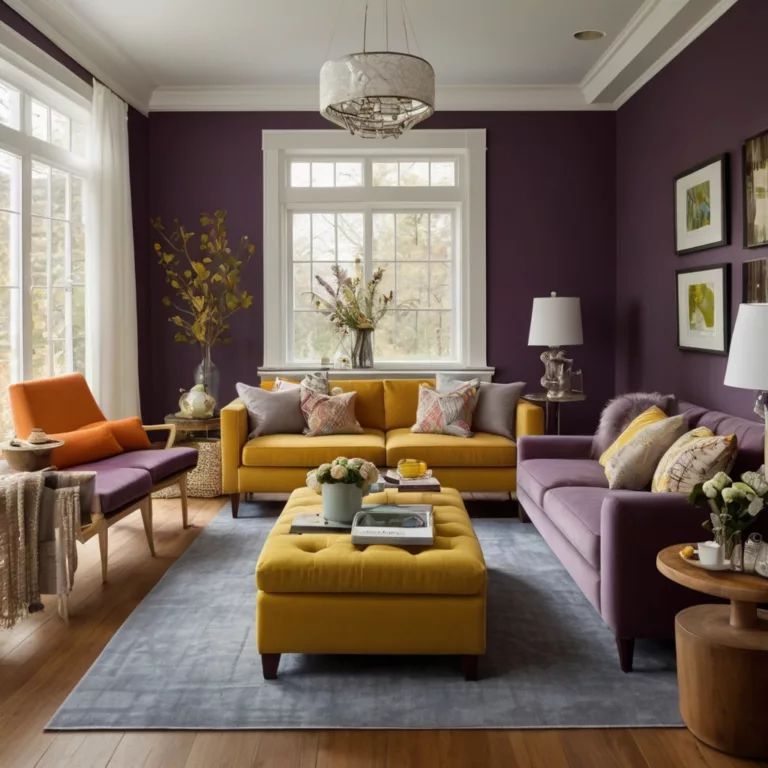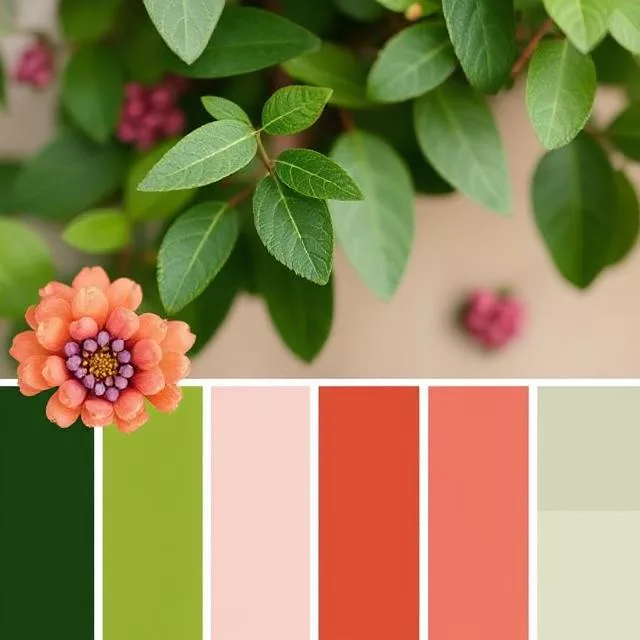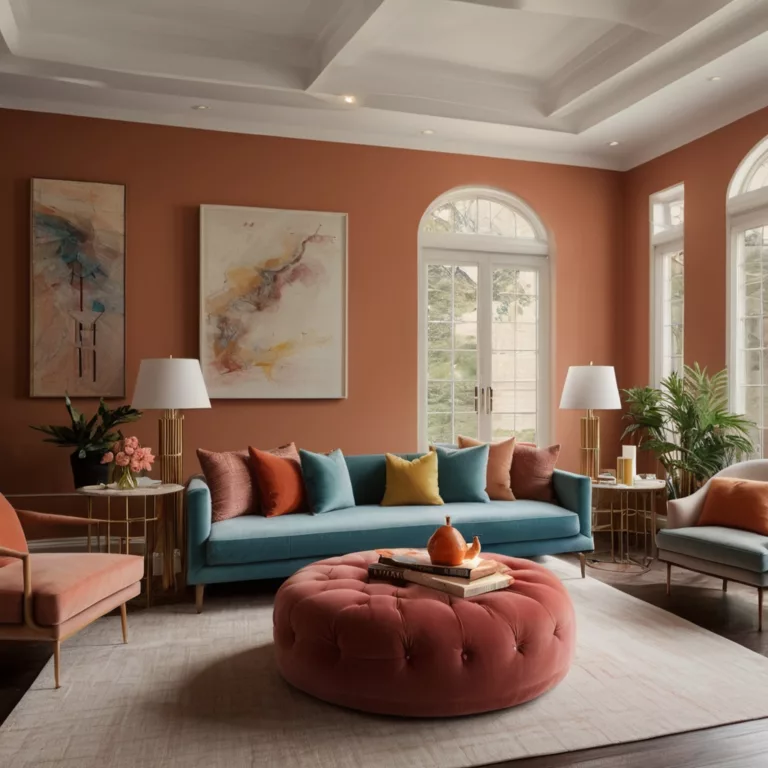Choosing the Right Color Palette for Your Home: Avoiding Common Mistakes
Introduction
Choosing the right color palette for your home is a crucial step in the design process. It has the power to transform a space, influencing not only the aesthetics but also the mood and atmosphere of each room. Whether you’re renovating your home, moving into a new one, or simply looking to refresh your space, selecting the right colors can make all the difference.
However, it’s easy to make mistakes when it comes to color selection. Many homeowners rush into the process without fully considering the impact that colors have on the space, light, and even the emotions they evoke. This can lead to a mismatched palette that doesn’t complement the space or, worse, creates a feeling of discomfort or chaos.
In this article, we’ll explore how to choose the perfect color palette for your home while avoiding common mistakes. We’ll dive deep into color theory, practical advice for choosing the right shades, and tips for putting everything together seamlessly. If you want your home to feel cohesive, stylish, and welcoming, you won’t want to miss this guide.
Why Color Matters in Home Design
Color is one of the most important elements in home design because it influences every aspect of the space. It can affect your mood, the perception of space, and even how the furniture and decor pieces come together. The right color choices can make a small room appear larger, create a sense of calm, or make a space feel more energetic. On the other hand, the wrong choices can make a room feel cramped, dull, or overwhelming.
From calming blues to vibrant oranges, each color has a unique psychological impact. Knowing this is essential when creating the perfect color palette for your home.
1. Understanding Color Theory and How It Applies to Home Design
Before choosing colors for your home, it’s essential to understand some basic principles of color theory. This knowledge will help you make informed decisions and avoid common mistakes.
1.1 Primary, Secondary, and Tertiary Colors
- Primary Colors: Red, blue, and yellow. These colors cannot be created by mixing other colors.
- Secondary Colors: Green, orange, and purple. These colors are created by mixing two primary colors.
- Tertiary Colors: These are the result of mixing a primary color with a secondary color (e.g., red-orange or yellow-green).
Understanding these color families helps in selecting complementary shades for your home’s palette.
1.2 The Color Wheel
The color wheel is a circular diagram of primary, secondary, and tertiary colors that shows the relationships between different hues. Understanding the wheel can help you choose color schemes based on complementary, analogous, or triadic color relationships.
- Complementary Colors: Colors that are opposite each other on the color wheel (e.g., blue and orange). These pairs create contrast and vibrancy when used together.
- Analogous Colors: Colors that are next to each other on the color wheel (e.g., blue, green, and teal). These combinations create a harmonious and cohesive look.
- Triadic Colors: Three colors that are evenly spaced around the wheel (e.g., red, blue, and yellow). This scheme offers a balanced yet dynamic feel.
1.3 The Psychology of Colors
Colors also have psychological effects. They can evoke specific emotions and set the tone for different rooms in your home. For example:
- Blue: Calming, peaceful, ideal for bedrooms and bathrooms.
- Red: Stimulating and energizing, great for dining rooms or living rooms.
- Yellow: Cheerful and uplifting, perfect for kitchens and entryways.
- Green: Relaxing and nature-inspired, works well in living rooms and bedrooms.
- Gray: Neutral and sophisticated, ideal for modern designs and to balance bolder colors.
Understanding the emotional impact of color can help you choose a palette that aligns with the desired atmosphere of each room.
2. Common Mistakes to Avoid When Choosing a Color Palette
2.1 Choosing Colors Without Considering the Room’s Natural Light
One of the biggest mistakes people make when selecting a color palette is not taking the room’s natural light into account. Natural light can significantly affect how a color looks on the walls. A color that looks warm and inviting during the day might appear cold and harsh at night under artificial lighting.
- Tip: Test paint samples on the wall in different parts of the room and at different times of the day to see how they look in natural and artificial light.
2.2 Overusing One Color
While having a cohesive color palette is important, using just one color excessively can make the room feel flat and monotonous. Too much of one color, especially bold tones, can overwhelm the space and create an unbalanced feel.
- Tip: Mix in neutral tones, accent colors, and textures to break up the monotony.
2.3 Ignoring the Function of the Room
Every room in your home serves a different purpose, and its color palette should reflect that function. For example, bright, stimulating colors might work well in a kitchen or dining area, but they might not be ideal for a bedroom where you want a calm and restful atmosphere.
- Tip: Tailor your color choices to the function of the room, using calming tones for bedrooms and vibrant, energizing colors for workspaces or entertaining areas.
2.4 Choosing Trendy Colors Without Considering Longevity
While it’s tempting to choose colors based on current design trends, these colors might not stand the test of time. What’s popular today might look dated in a few years, leaving you with a space you no longer love.
- Tip: Choose a timeless color palette that suits your personal style and consider adding trendy elements through accessories and decor that can easily be changed.
2.5 Not Testing Paint Colors First
Never choose a color without testing it on your walls first. Paint colors can look very different on a small swatch versus a large surface area, and lighting can dramatically alter how a color appears.
- Tip: Always paint a large swatch on the wall and observe how it looks at different times of the day.
3. Steps to Creating a Cohesive Color Palette for Your Home
3.1 Start with a Neutral Base
A neutral base creates a calm and cohesive foundation for your home’s color palette. Neutrals like white, beige, gray, and taupe can work in any room and provide balance.
- Tip: Use neutrals for large surfaces, such as walls and flooring, and add pops of color through furniture and accessories.
3.2 Use the 60-30-10 Rule
This rule is a simple guide to achieving a balanced and harmonious color palette:
- 60%: Dominant color (walls or large furniture)
- 30%: Secondary color (accent walls, upholstery)
- 10%: Accent color (throw pillows, artwork, rugs)
This approach ensures that your space feels well-organized and visually appealing.
3.3 Create Contrast with Complementary Colors
To avoid a flat, dull space, introduce contrast using complementary colors. This doesn’t mean you need to use opposites on the color wheel, but strategically pairing bold colors with neutrals or other accent shades can help the room feel dynamic.
3.4 Keep It Simple with Two or Three Main Colors
It’s tempting to use a lot of different colors, but this can create a chaotic and disjointed look. Stick to two or three main colors for the bulk of your palette, and use accent colors sparingly.
- Tip: Add texture to the room with fabrics, wood finishes, and metals to create interest without introducing too many colors.
4. How to Incorporate Color Into Different Rooms
Each room in your home has its own unique function and feel. Here’s how to approach color in different spaces:
- Living Room: Opt for inviting yet neutral tones as the base, and use accent colors for personality. Soft blues, warm grays, or beiges are great for a calming atmosphere.
- Kitchen: Energetic colors like yellow, orange, or red can stimulate appetite and create a lively environment. Pair them with white or light neutrals for balance.
- Bedroom: Choose calming tones like soft blues, greens, or lavender to promote relaxation and restful sleep.
- Bathroom: Crisp whites and soft blues or greens create a refreshing, spa-like atmosphere.
5. Conclusion
Choosing the right color palette for your home can seem overwhelming, but by understanding color theory, avoiding common mistakes, and following practical steps, you can create a beautiful, cohesive, and functional space. Remember to consider lighting, the function of each room, and the emotional impact of colors to ensure that your choices align with your vision for the space.
We hope this guide helps you in creating the perfect color palette for your home. At Art11deco, we strive to provide expert advice and inspiration for your interior design journey. Stay tuned for more tips and ideas to elevate your space, and remember to take your time in creating a space that truly reflects your style and personality!
Art11deco







